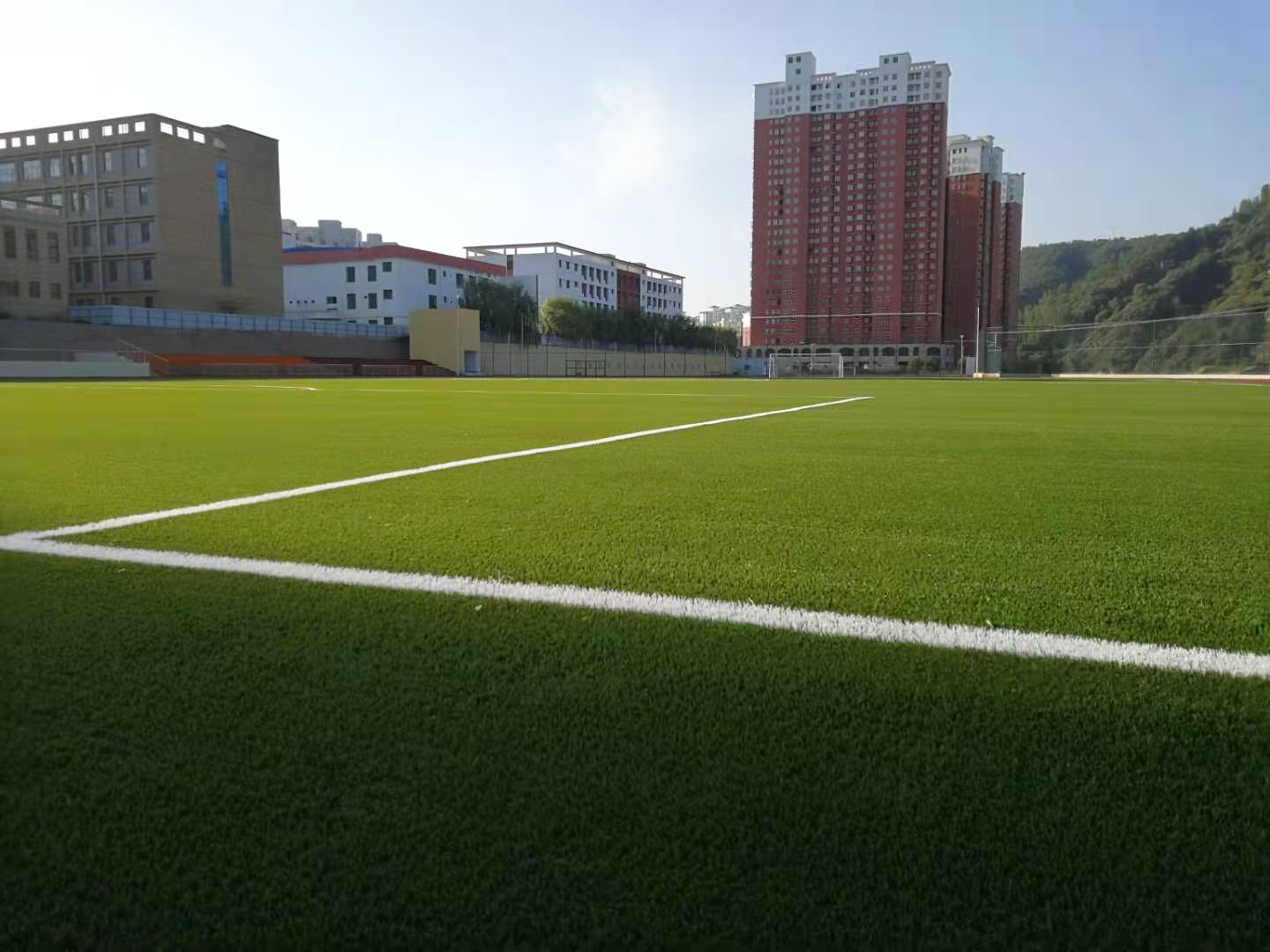Top 5 considerations when choosing your next sports field surface
- 12/26/2019
From the day the decision is made to retire a worn-out field for a college or university sports program until the installation of a new field has been completed, turf choices can be problematic. Colleges or universities considering their choices for replacing aging sports fields should carefully consider these five criteria to make the most informed decision.
- Safety
Safety is perhaps the hottest topic today, and certainly the most important factor. It’s crucial to have a surface that doesn’t subject athletes to the potential for additional injures, such as sprains, skin contusions or concussions. Synthetic turf offers the safety benefit of installing a shock pad with newer fiber technologies along with various infill options in addition to the traditional crumb rubber infill. The shock pad increases the cost but also improves a field’s results during G-MAX (how many Gs of force a field can absorb) and Head Injury Criterion (HIC) testing to determine how hard a surface is and if athletes face increased risk of concussions.
- Maintenance
While synthetic turf may be more of an initial investment than natural turf, the difference in cost may be as little as 10 percent of the total construction cost. Technology is bringing down the initial investment required to install synthetic turf because of improvements in materials and labor.
- Maintenance
Natural turf can be maintained with a mower and irrigation. Synthetic turf demands less daily maintenance, depending on the quality of the product, but still requires a degree of care to keep it in safe playing condition. Heavy wear areas of synthetic turf, such as the pitcher’s mound, sliding zones and batter’s box, require additional maintenance. These areas may be easily sustained with replacement inserts.
- Use
Synthetic turf is an excellent surface for baseball and softball fields due to its playability, yet it also serves many sports effectively due to its multipurpose functionality. Natural turf has reliably serviced multiple types of sports fields for many years. Compare surfaces by visiting comparable facilities to determine whether their installation has matched expectations or promises. Ask questions about their ongoing experience before finalizing your decision.
- Lifespan
Natural turf can harden and become a safety concern for the athletes as it ages. While synthetic turf usually carries a warranty for 8 to 10 years, it can often last longer (10 to 12 years). Careful maintenance can extend the lifespan and durability of both.




